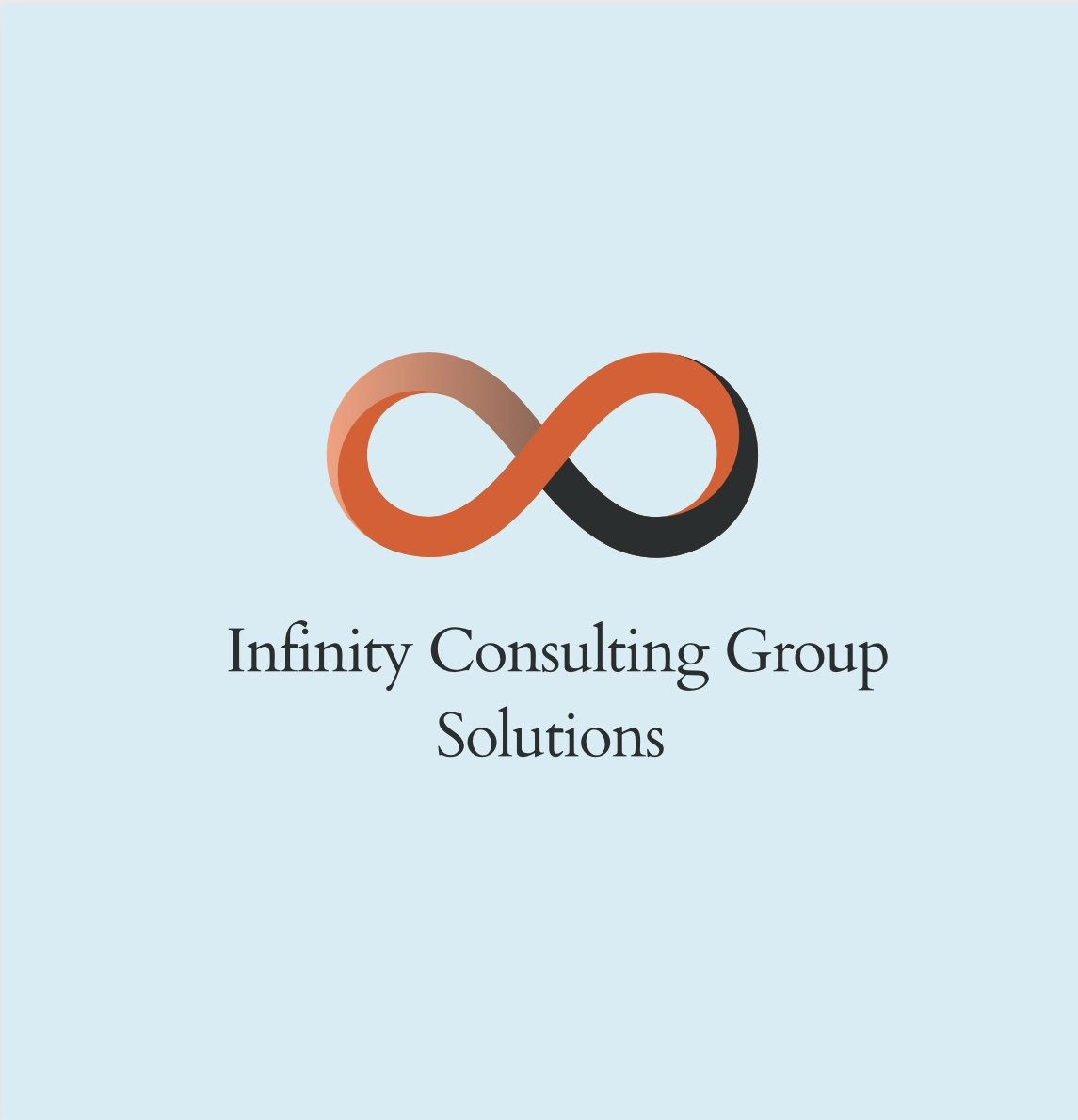Strategic Sourcing vs. Traditional Procurement: What Executives Need to Know
Procurement Is Not the Same as Strategic Sourcing
Executives focused on cost management and operational efficiency often view procurement as a function that secures goods and services at the best price. While this is true in a transactional sense, it does not account for the larger strategic impact of sourcing decisions.
Traditional procurement manages purchasing activities—supplier selection, negotiations, and contract execution—on a per-transaction basis. The goal is to secure competitive pricing and maintain operational continuity. Strategic sourcing, however, takes a broader, data-driven approach that optimizes supplier relationships, reduces total cost of ownership, and strengthens risk management.
If procurement decisions are made in silos, cost savings are often limited to one-time reductions rather than long-term financial and operational gains. Strategic sourcing shifts the focus from immediate savings to measurable, sustained improvements across the entire supply chain.
Traditional Procurement: Cost-Focused but Limited
Traditional procurement teams focus on:
Short-term cost savings – Negotiating pricing at the transaction level
Reactive supplier selection – Choosing vendors based on immediate needs
Limited performance evaluation – Managing contracts with little ongoing review
Minimal risk analysis – Addressing supplier issues only when problems arise
While these activities are necessary, they are not sufficient for organizations looking to create a competitive advantage. Procurement that remains purely transactional leaves potential cost savings and operational efficiencies on the table.
Strategic Sourcing: A More Comprehensive Approach
Strategic sourcing is designed to align procurement with broader financial and operational objectives. It applies a structured, analytical approach to supplier management, focusing on:
Total cost reduction – Leveraging volume consolidation, contract renegotiation, and process improvements to drive efficiency beyond initial price negotiations
Supplier relationship management – Establishing long-term partnerships that improve quality, reliability, and service levels
Risk mitigation – Diversifying supplier portfolios, assessing financial stability, and implementing contingency plans to ensure supply chain resilience
Category management – Evaluating spend holistically to optimize sourcing strategies across business units
Performance tracking – Using KPIs and benchmarks to assess supplier value beyond cost
Strategic sourcing transforms procurement from a cost center into a value driver, creating measurable impact on margins, working capital, and operational scalability.
Why It Matters at the Executive Level
Executives who view procurement through a purely transactional lens often see diminishing returns over time. Cost-cutting through aggressive negotiations or supplier churn may produce short-term savings, but without a strategic approach, these savings are rarely sustainable.
Strategic sourcing provides a systematic framework to:
Align supplier strategy with financial goals – Strengthening cost predictability and optimizing working capital
Improve operational agility – Enhancing supply chain resilience and reducing disruption risk
Create a competitive advantage – Using sourcing as a tool to drive innovation, efficiency, and growth
Organizations that integrate strategic sourcing into their financial and operational planning consistently outperform those that rely on traditional procurement. The question is no longer if strategic sourcing is necessary, but how well it is being executed.

